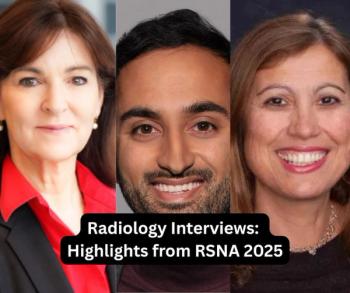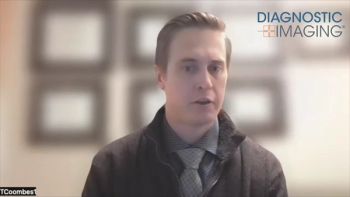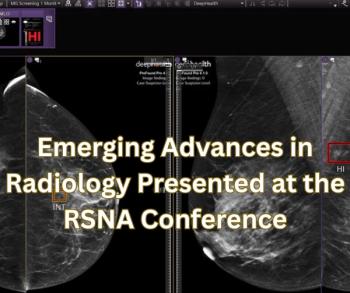
Study Finds Correlation Between Higher Breast Density and Family History of Breast Cancer in Premenopausal Women
For premenopausal women with a family history of breast cancer, new research shows a 25 to 30 percent higher likelihood of mammographic breast density.
In a recently published study involving over 14,400 premenopausal women, researchers found a positive association between mammographic breast density and a family history of breast cancer.
For the retrospective study, published in
Assessing the data in a multivariable-adjusted model, researchers found that volumetric breast density was 25 percent higher for women with a family history of breast cancer. Women with a family history of breast cancer also had a 30 percent higher likelihood of having dense breasts (BI-RADS categories 3 and 4), according to study author Adetunji T. Toriola, MD, MPH, PhD, an Associate Professor in the Division of Public Health Sciences at the School of Medicine at Washington University in St. Louis, Mo., and colleagues.
Noting the exclusion of any women with a prior history of cancer in this study, Toriola and colleagues wrote that the focus on premenopausal women was “important because hormone changes after menopause cause the breast tissue to become less dense.”
The authors also noted this research may be the first study to explore the association between family history of breast cancer and volumetric density measurements. These measurements are seeing emerging acceptance in clinical practice at breast health centers, according to Toriola and colleagues.
There were also no differences in race according to the study as the association between mammographic breast density and family history of breast cancer was similar among non-Hispanic White and African American women.
The study authors acknowledged a few limitations to the research. They noted a small proportion of women with more than one first-degree relative with breast cancer. Toriola and colleagues also conceded a lack of information of the age upon the diagnosis of breast cancer for affected relatives and noted that other studies have suggested this factor can
Newsletter
Stay at the forefront of radiology with the Diagnostic Imaging newsletter, delivering the latest news, clinical insights, and imaging advancements for today’s radiologists.




























